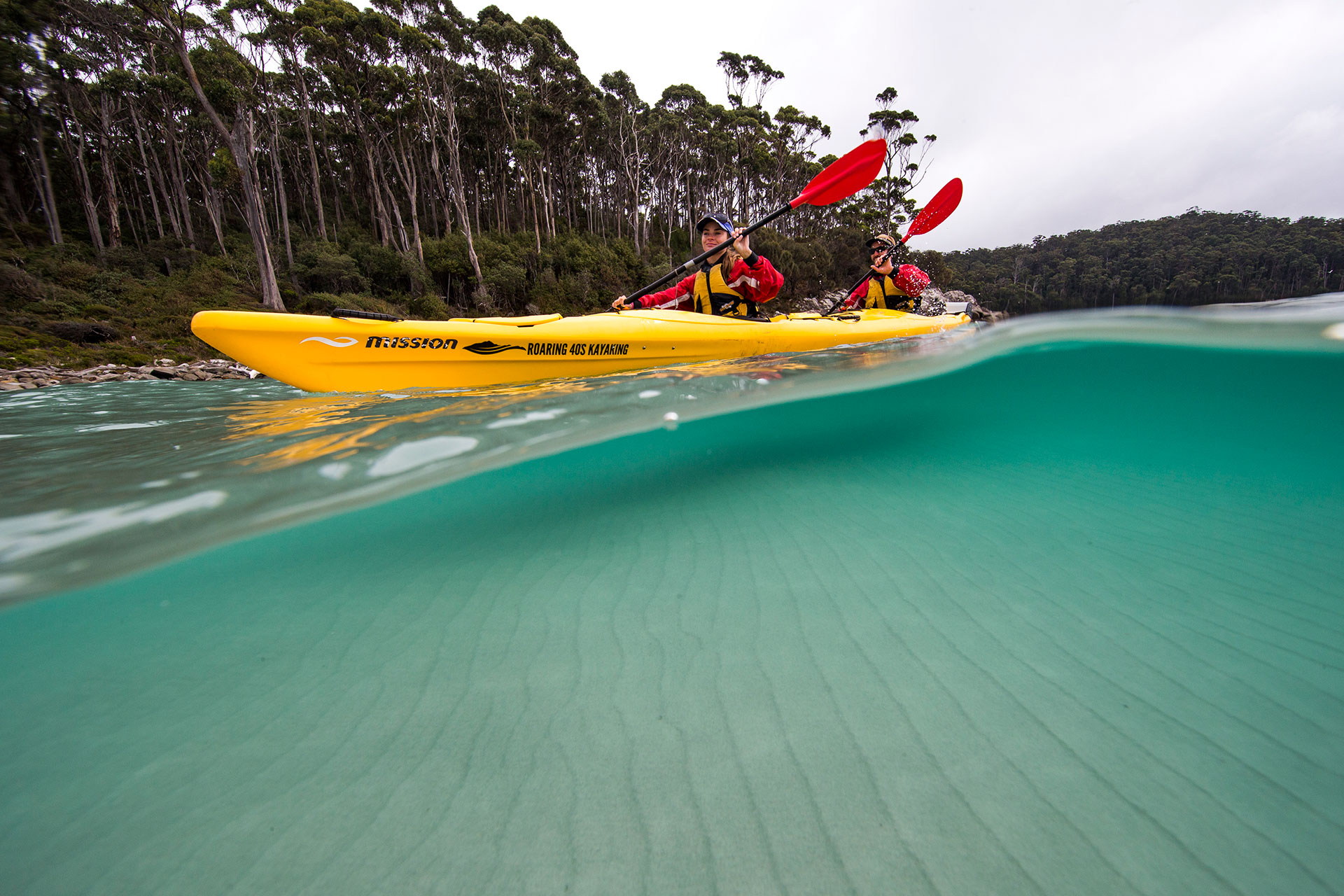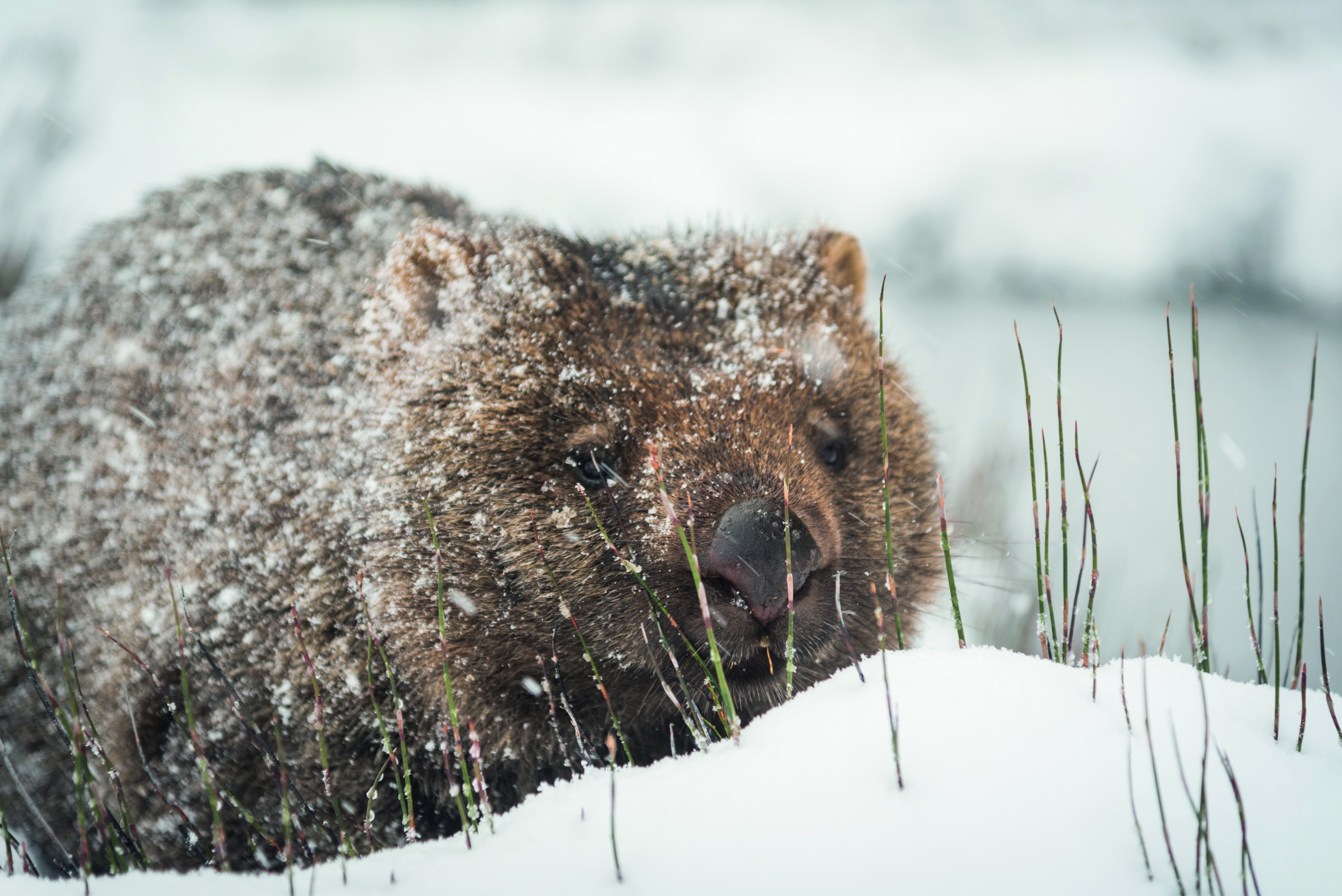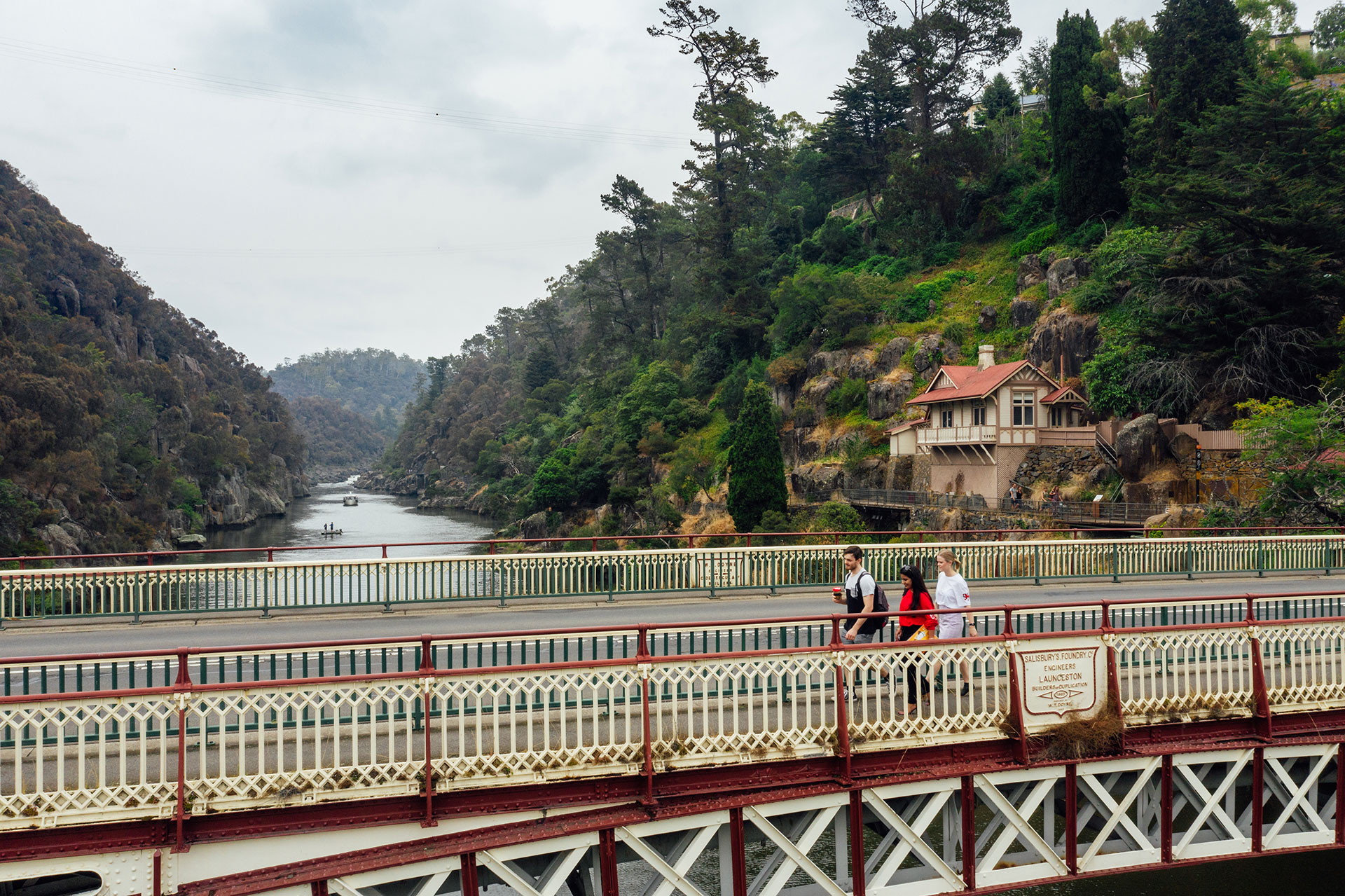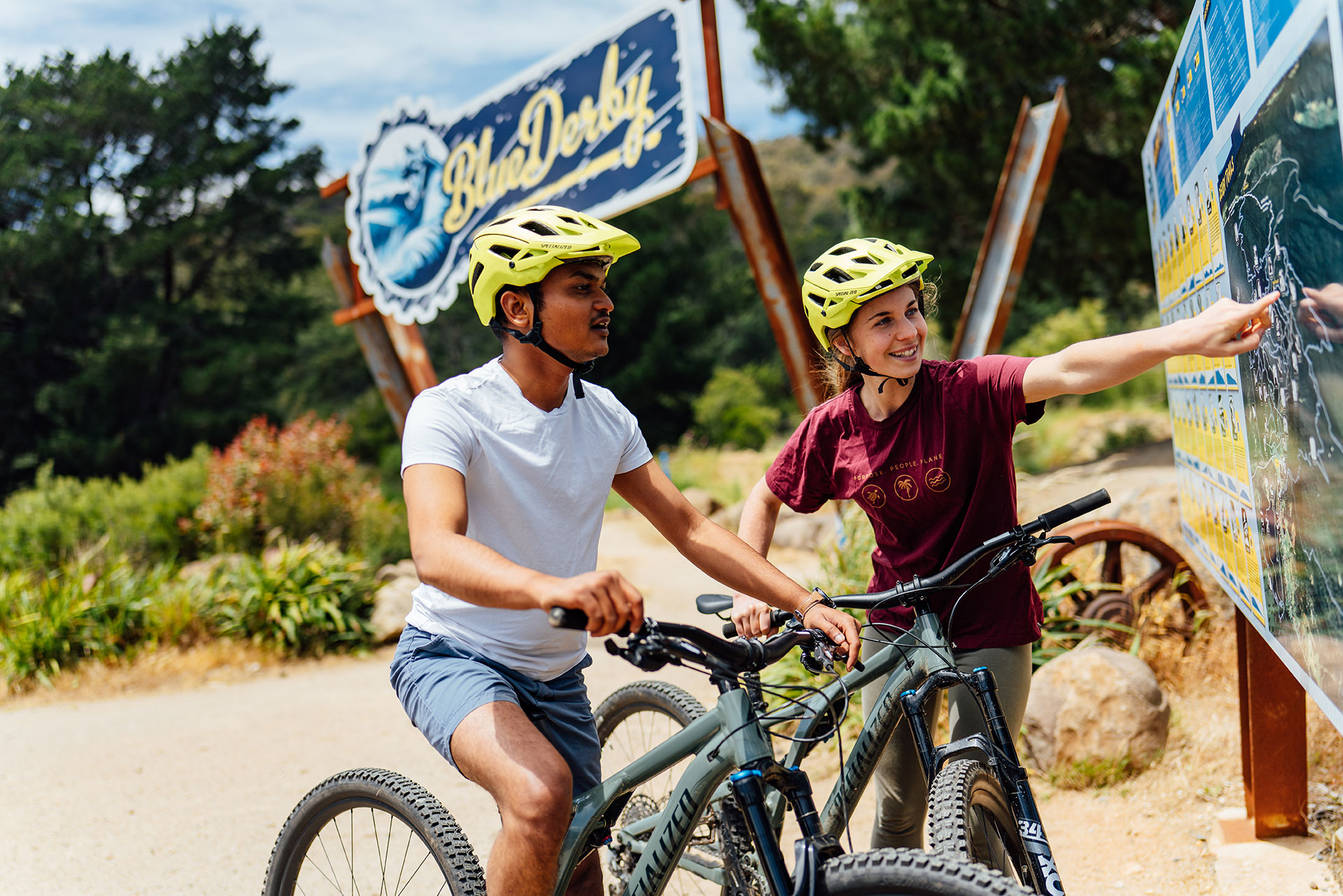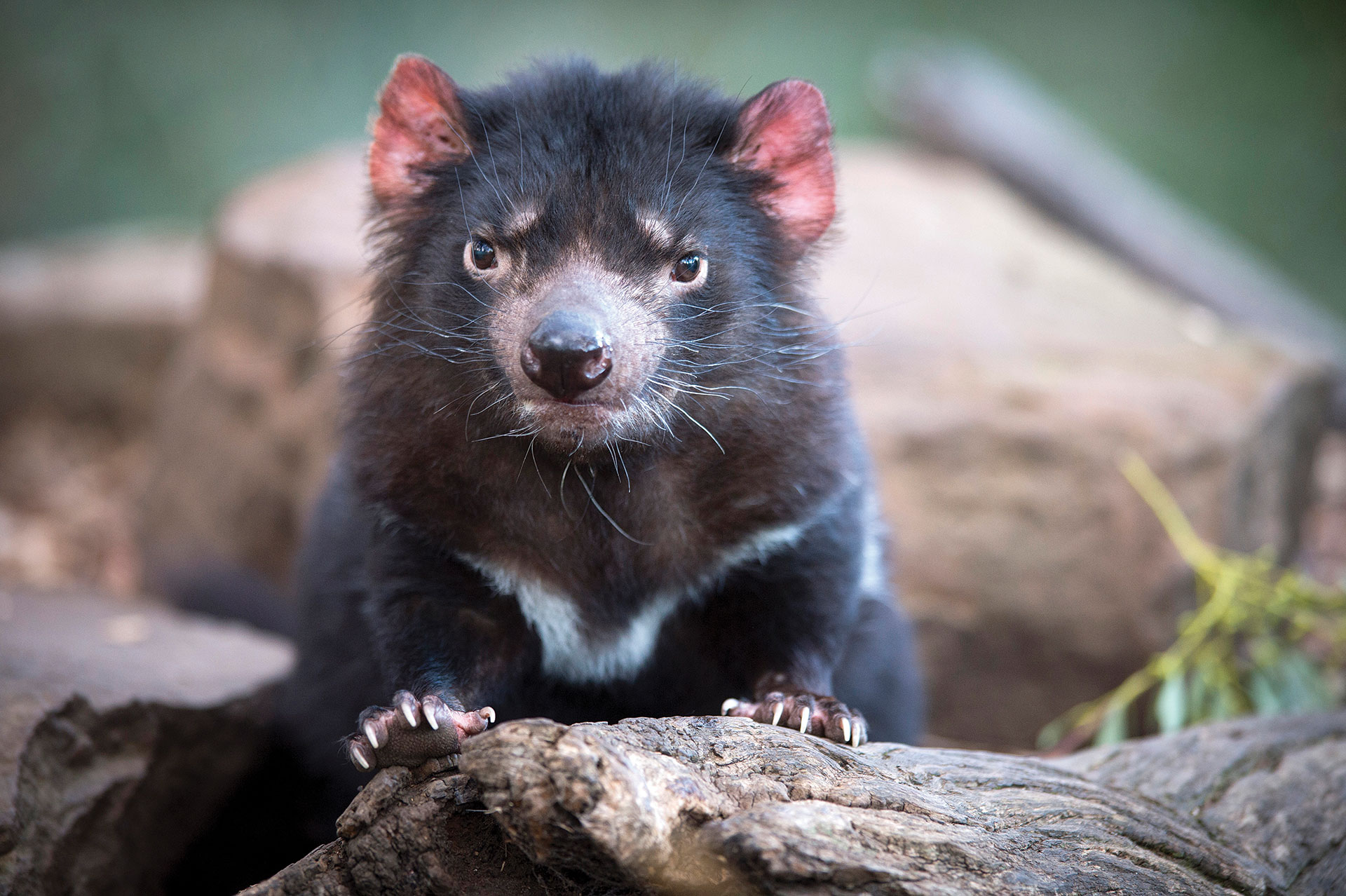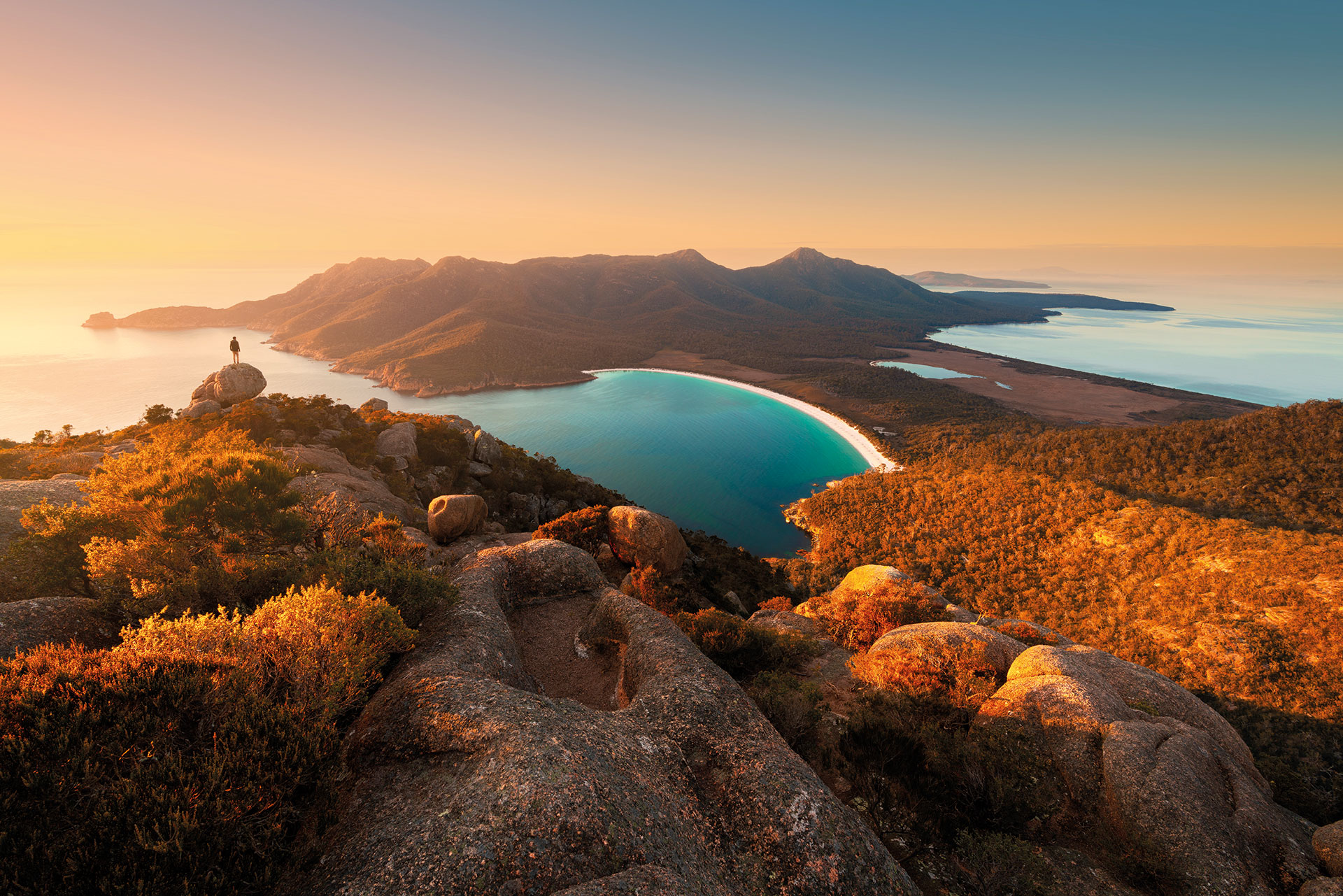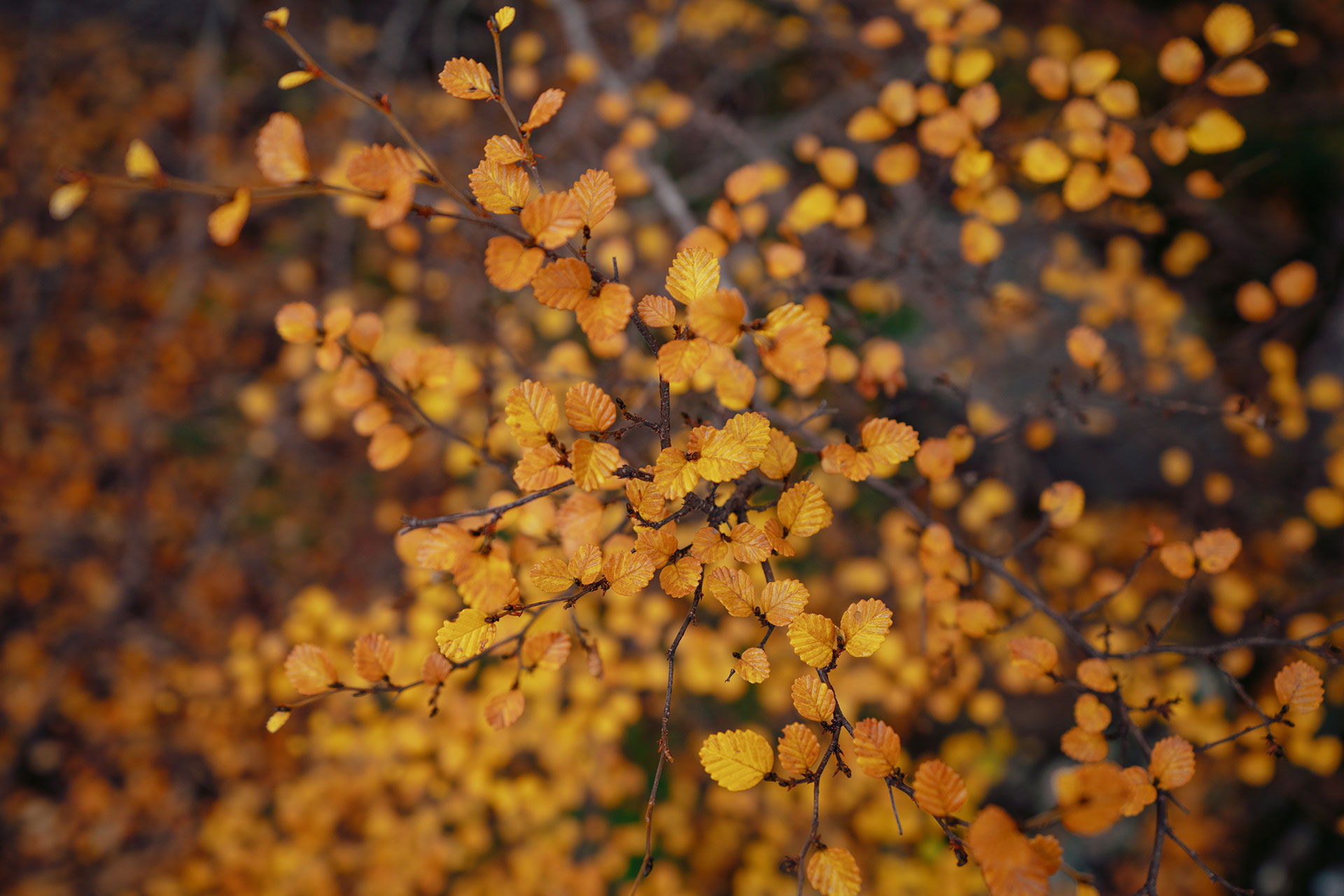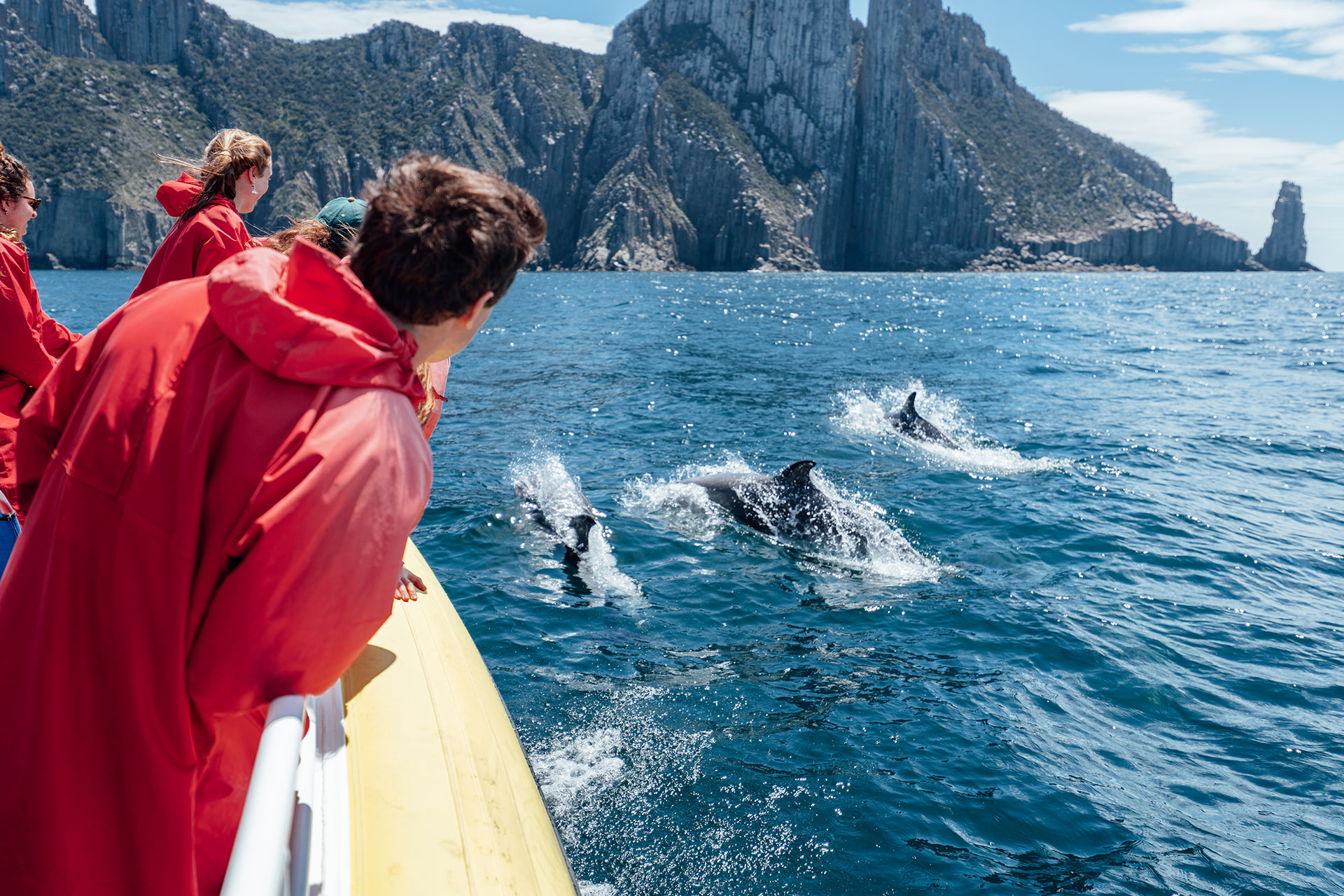Why Tasmania
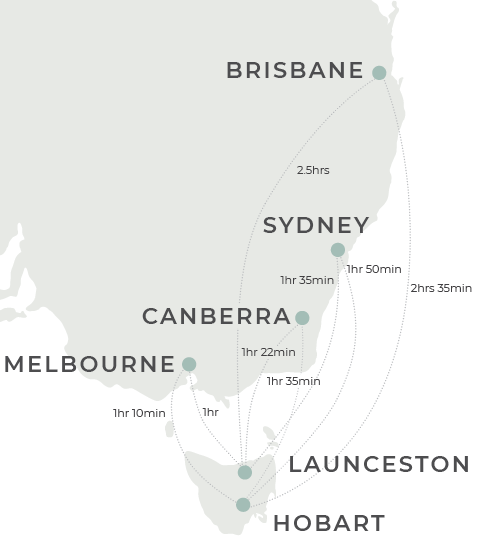
Tasmania is Australia’s only island state affectionately referred to as Tassie. An island with natural beauty everywhere, amazing produce and food, a vibrant city with a laid-back way of life that's a quick flight from Sydney and Melbourne.
Here, rugged mountain ranges and ancient forests spill out onto pristine beaches. Our island boasts summer rock concerts, the biggest winter festival in Australia, and a unique art and food scene. With 45% of our island being National Park or World Heritage listed, Tassie is the perfect mix of land meets sea.
Welcome to the nation's research gateway to the Southern Ocean and Antarctica with more artists and marine scientists per capita than any other part of the country.
As the only university in Tasmania, we have a strong set of flexible course offerings and work integrated learning opportunities. Studying with us, you’ll learn alongside top industry experts while living in one of the most beautiful places in the world and enjoying everything else our remarkable island has to offer. You will surely get a diverse study experience, one that will enrich you academically, socially, culturally, and environmentally.
Cleanest air in world
Cape Grim in Tasmania’s North West has the cleanest air anywhere on the planet.
Top 25 trips in world
Best city in Australia, New Zealand and the South Pacific (Travel + Leisure World's Best Awards 2023)
40% protected by national parks
Almost half of Tasmania's land is managed by Tasmania Parks and Wildlife Service.
If outdoor adventures and hobbies are your thing, you have absolutely found yourself in the perfect place.
Tasmania is world-renowned for its incredible landscape and natural places. Around 40 per cent of Tasmania’s land area is protected in National Parks and reserves, covering a remarkable diversity of varying ecosystems and habitats. Most are within easy distance of the major cities, and many are included in the Tasmanian Wilderness World Heritage Area, recognised globally for their unique value.
Within our island state, you will find soaring dolerite mountains and cliffs, button grass plains, sweeping beaches, ancient rainforests, serene waterways, vast bushland, and marine reserves that include dive wrecks and underwater kelp forests.
Many of our most famous iconic places are located in or near our national parks including Cradle Mountain - Lake St Clair National Park, Wineglass Bay in Freycinet National Park, the Franklin River in the Gordon-Franklin Wild Rivers National Park; and the Port Arthur Historic Site near the Tasman National Park.
Tasmania has some spectacular walking tracks to allow you to take in the scale and diversity of our environment, including the famous Overland Track and the Three Capes Track. And if two wheels are more your speed, we are known as Australia’s mountain biking capital, with award-winning tracks winding through mountains, bushland, forests, and beaches.
Add a wealth of places to go camping, rock climbing, fishing, surfing, sailing, kayaking, diving, even golfing, and we have something for every outdoor enthusiast. If you want to get up close and personal with our unique wildlife in a more contained setting, plenty of wildlife parks around the state will allow you to do that.
And if you’re more of a stargazer, did you know that Tasmania is considered one of the best places in the world to observe the Aurora Australis or Southern Lights? We have a very active aurora-chasing community here and they love to share their knowledge with new members.
Culturally speaking, Tasmania is buzzing with activity. Between our iconic galleries and museums, unique festivals, and vibrant live music scene, we really are the state of the arts.
The Museum of Old and New Art (Mona), a short drive or ferry ride from Hobart's CBD, is one of our most famous (some might say infamous) institutions, known for its eclectic mixture of ancient artefacts and frequently challenging artworks.
Mona also produces our two most unique and iconic arts festivals: Mona Foma each summer, and its winter solstice counterpart, Dark Mofo, the biggest winter festival in the country.
The state-owned Tasmanian Museum and Art Gallery (TMAG) in Hobart and the City of Launceston-owned Queen Victoria Museum and Arts Gallery (QVMAG) in the north are our true cultural institutions, with carefully curated galleries that tell Tasmania’s story, from Aboriginal culture and natural history, through to artwork spanning from the colonial period to today.
Tasmania’s thriving artistic community can be encountered across the entire state, with countless smaller galleries and exhibition spaces everywhere. Be sure to explore our Fine Arts students' favourite galleries in Hobart.
Our island boasts a variety of other music and arts festivals year-round including Ten Days on the Island, Tasmanian Breath of Fresh Air Film Festival and Junction Arts Festival in Launceston, ECHO Festival on the East Coast, The Unconformity on the West Coast, Huon Valley Mid-Winter Festival, Cygnet Folk Festival, and the Tasmanian Chamber Music Festival.
At any time of year, there’s usually something going on.
Tasmania’s fresh produce is legendary. Cool-climate wines, international award-winning whiskies, world-famous cheeses, abundant seafood, all kinds of berries and fruit, and beef farmed in the purest corner of the entire country.
If you like cheese and dairy, you can visit Ashgrove, Bruny Island Cheese Company, Pyengana Dairy, and Grandvewe Cheeses, just to name a few.
If wine is more your thing, there are heaps of wineries around the state and established wine routes, perfect for a road trip.
Tasmania also has a thriving craft beer and spirits industry, including whiskies that are so good they have beaten Scottish and Irish products at international competitions.
Our café and restaurant scene is also highly regarded, with many eateries choosing to focus heavily on showcasing Tasmanian produce.
And for your best chance to try a little bit of everything, the iconic Taste of Summer festival is held on the Hobart waterfront over the New Year period every year, while Festivale is held in Launceston each February.
And we’re pretty fond of our markets here in Tassie as well. From the famous weekly Salamanca Market, which stretches the length of Salamanca Place on Hobart’s waterfront every Saturday, to the countless farmer's markets that pop up in city car parks and eclectic institutions like the Evandale Market, they are a great way to stock up on fresh produce, grab a bargain, or just soak up the community atmosphere.
Places to see and things to do
Here are just a few of the amazing experiences you can have during your time in Tasmania.
